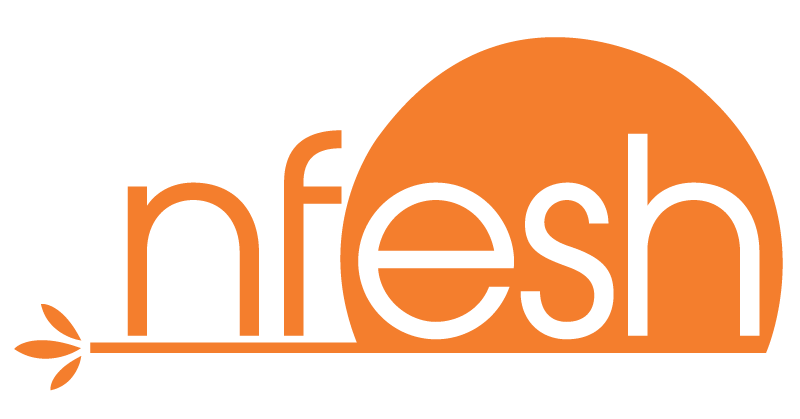In this post guest blogger Jackie Geralnick, MPH, RD, LD, Public Health Nutritionist at the Department of Aging and Community Living, District of Columbia, recalls the experience of helping oversee the pilot-testing of NFESH’s What A Waste project in 2014 and chronicles the lasting positive impact it has had on senior meal program operations in DC.
The Department of Aging and Community Living (DACL) piloted the first What A Waste program with the National Foundation to End Senior Hunger from August 2014 to September 2015. DACL identified three senior wellness centers to work with NFESH to analyze and better understand the city’s congregate meal program. Since then, we’ve used the results to improve our congregate meal program throughout the city by decreasing food waste, increasing meal ordering efficiency, and improving participants’ nutritional intake and overall satisfaction.
The What A Waste program made an immediate impact. Working with NFESH, we noticed that the three senior wellness centers produced a large amount of waste from milk and wheat rolls. So we worked with the meal vendor to provide different options for wheat rolls. This change alone resulted in a 37 percent decrease in the amount of rolls wasted. Based on feedback, we also now offer lactose-free milk to both congregate meal and home-delivered meal clients. In addition, NFESH reviewed the nutritional quality of the meals based on the food waste. Based on their recommendations, we made several changes to our vendor’s contractual nutrition standards to improve nutrient consumption, which included: reducing the weekly average and daily sodium limit; requiring fresh or cut fruit more often than juice; and offering yogurt instead of milk several days of the week.
Some lessons from the program required DACL to implement programmatic changes. NFESH noticed that the sites were significantly over-ordering meals, so DACL implemented monthly Efficiency Reports to compare the number of meals ordered to the number of meals served. These reports helped the sites recognize trends in their orders and measure actual daily attendance. With this information, the sites were able to better forecast meal consumption and order fewer meals while serving the same number of seniors.
In a response to the What A Waste pilot, DACL convened the DACL Nutrition Task Force, comprised of experts in nutrition and senior hunger in addition to key government stakeholders. The team developed a prioritization scale for congregate and home-delivered meals to provide DACL with an objective method to evaluate the seniors served and referred to each program. The Nutrition Task Force continues to meet routinely to discuss program issues and develop solutions.
While DACL no longer measures food waste as we did during the What A Waste pilot, the lessons and impacts from the program continue to improve our nutrition programs. By updating the menu options, contract requirements, and program policies, DACL continues to improve our congregate meal program to maintain program efficiency and continue to offer services that meet the needs of our seniors.

